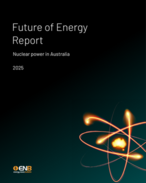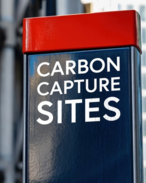This article is 14 years old. Images might not display.
As spelt out in their binding heads of agreement, EWC will fully fund the plant, which will use its modular 500,000 tonne per annum trains, in return for a 14.5% share of proceeds from the sale of LNG, less agreed deductions and subject to adjustments based on timing and execution.
The partners have also agreed to develop the 3 million tonne per annum plant in two phases with the first phase having a total capacity of 2MMtpa and the second, which will follow immediately, having capacity of 1MMtpa.
EWC said the plant would take gas from InterOil and Mitsui's proposed condensate stripping plant, eliminating the need for gas reinjection.
The agreements provide a framework for the possible expansion of the plant's capacity to 8MMtpa.
Infrastructure required for the project includes a jetty and breakwater for the LNG loading facility and an 80-kilometre pipeline from the Elk and Antelope fields, which will feed the plant.
"These agreements signed today with InterOil and Liquid Niugini Gas will enable EWC to take another step forward in our previously announced plan to bring clean and green energy to Asia," EWC managing director Stewart Elliot said.
"Our modular LNG plant model has been chosen by InterOil and Liquid Niugini Gas as it will enable the economical development of the Elk and Antelope gas fields in a much shorter frame as compared to a conventional LNG approach."
InterOil had last year told PetroleumNews.net's sister publication PNGIndustryNews.net that the EWC plant would not supersede Liquid Niugini's proposed 6-9MMtpa plant to be located near InterOil's Napa Napa refinery.























